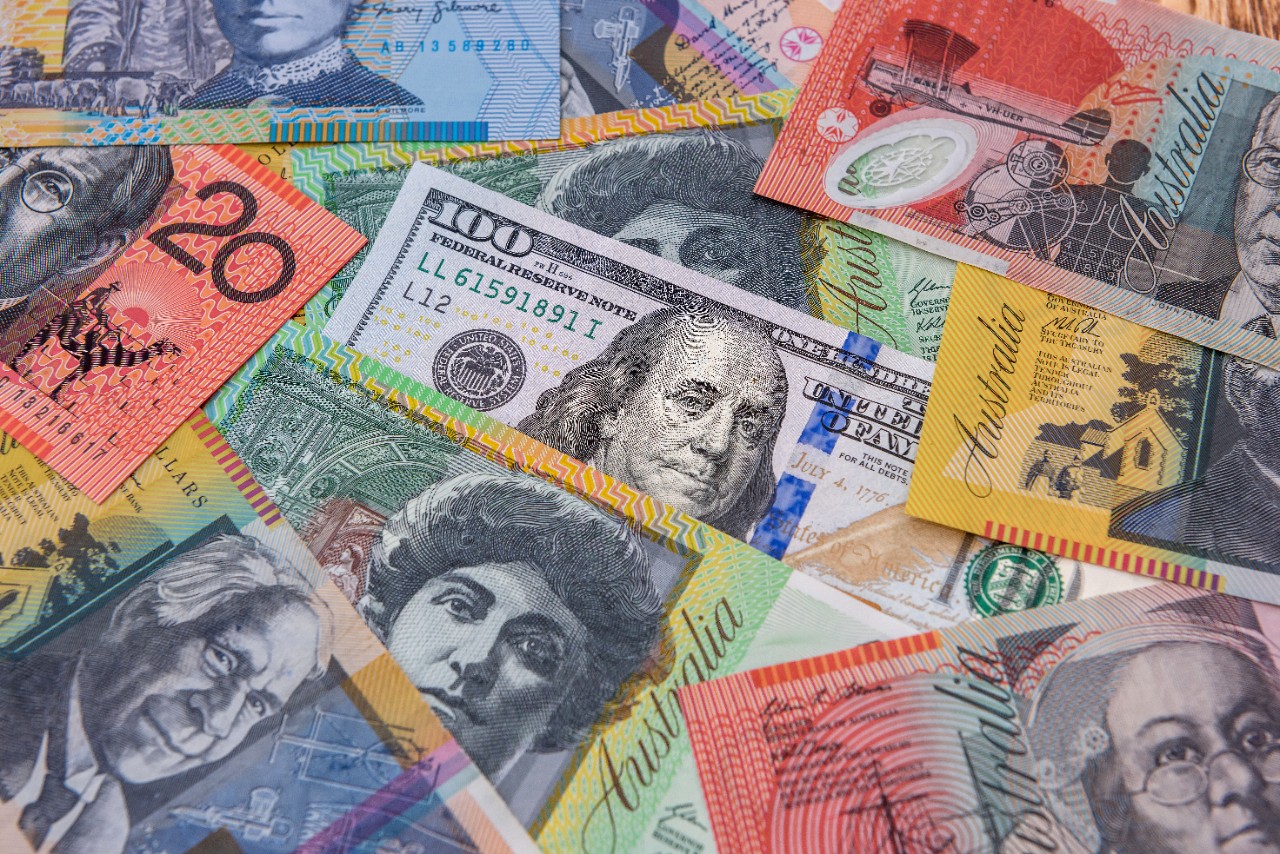AUD/USD hits a nine-month high on trade deal optimism
AUD/USD finished higher last week at 0.6566, up 0.91%, easing from the nine-month high of 0.6624 it struck earlier in the week.
AUD/USD’s gains began following the announcement of a United States (US) trade deal with Japan, which boosted risk sentiment.
Further support for AUD/USD came after Reserve Bank of Australia (RBA) Governor Michele Bullock, speaking at a business lunch in Sydney on Thursday, reiterated the cautious tones from the RBA meeting earlier this month, where the central bank kept interest rates on hold.
Specifically, Bullock downplayed the rise in employment in the June labour force report, stating it wasn’t a surprise. Further noting, that monthly inflation data suggests the inflation rate may not fall as quickly as forecast in May.
These comments resulted in the Australian interest rate market paring back expectations of a third 25 basis point (bp) RBA rate cut between now and year-end.
EU trade deal and tariff pause with China
AUD/USD started this week trading to a high of 0.6586 after the US and the European Union (EU) struck a trade deal over the weekend, which includes a 15% tariff rate on most goods, including autos.
This was supplemented by the EU agreeing to invest $600 billion in the US. An additional boost was received from a South China Morning Post report that the US and China will extend their tariff pause for 90 days during talks in Stockholm this week.
Whether AUD/USD can extend those gains will likely depend on fresh tariff headlines, and upcoming US inflation and jobs data.
Closer to home, the release of second-quarter (Q2) 2025 consumer price index (CPI) data on Wednesday will be a key driver, given its importance in determining whether the RBA will cut rates next month or remain on hold.
Q2 2025 inflation
Date: Wednesday, 30 July at 11.30am AEST
For the first quarter (Q1) 2025, headline inflation rose by 0.9% quarter-on-quarter (QoQ), which saw the annual rate remain at 2.4%, higher than the 2.3% expected. The RBA’s preferred measure of inflation, the trimmed mean, rose by 0.7% in the quarter, allowing the annual rate to fall to 2.9% from 3.3% previously, the ninth consecutive quarter of lower annual trimmed mean inflation and the lowest rate since the December quarter of 2021.
At the July RBA Board meeting, when the bank surprised markets by keeping rates on hold at 3.85%, the RBA noted that recent monthly inflation data had been marginally stronger than expected. The RBA stated it could afford to wait for more information to confirm that inflation is heading sustainably back to target, referring to this week’s Q2 2025 CPI report.
For Q2 2025, the market is looking for headline inflation to rise 0.8% QoQ, bringing the annual rate down to 2.2%. The more significant core measure, the trimmed mean, is expected to increase by 0.7% QoQ, which would see the annual rate ease to 2.6%, down from 2.9% in Q1 2025.
A print of 2.6% for the trimmed mean would be in line with the RBA’s forecasts, and along with June’s disappointing jobs report, would give the green light for the RBA to cut rates at its August meeting. However, a trimmed mean print of 2.8% year-on-year (YoY) or higher would increase the chances of the RBA keeping rates on hold in August, which would likely provide an additional boost to AUD/USD.
